Table of Contents
- Why Are Hot Red Chiles So Addictively Spicy?
- The Science of Spice Tolerance: Why You Can Handle More Heat
- 7 Hot Red Chiles You Should Know (And How to Use Them)
- The Heat Scale Decoded: Scoville Units Explained
- 5 Practical Tips for Cooking with Hot Red Chiles
- How to Store Hot Red Chiles Like a Pro
- Spice Myths Busted: Separating Fact from Fiction
- Hot & Flavorful: Pairing Chiles with Other Ingredients
- Are Hot Red Chiles Healthy? Research Insights
- Frequently Asked Questions
- Conclusion: Mastering Chile Heat for Culinary Excellence
Why Are Hot Red Chiles So Addictively Spicy?
This guide delivers actionable insights for home cooks seeking to confidently incorporate hot red chiles into daily cooking. Unlike generic spice guides, we focus on practical application for meal preparation, emphasizing safety and flavor balance tailored to novice and intermediate culinary enthusiasts.
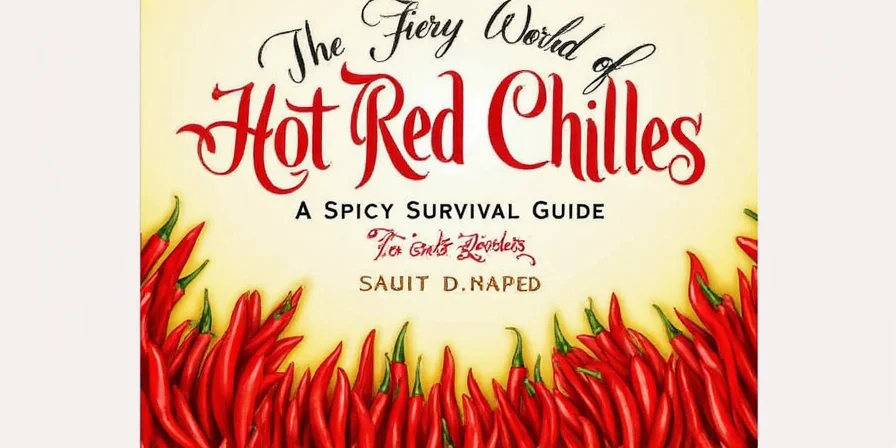
Hot red chiles contain capsaicin, which triggers pain receptors in your mouth and skin. Your brain responds by releasing endorphins—natural painkillers that create the "hurt so good" phenomenon. This biological response explains why spice lovers keep returning for more intense experiences.
The Science of Spice Tolerance: Why You Can Handle More Heat
Contrary to popular belief, spice tolerance isn't fixed. Regular capsaicin exposure temporarily desensitizes TRPV1 receptors—the body's heat detectors—allowing gradual adaptation. Genetic factors also play a role: individuals with higher receptor density experience more intense heat. The key insight? Consistent, incremental exposure builds tolerance faster than occasional extreme challenges, making heat management accessible to all skill levels.
7 Hot Red Chiles You Should Know (And How to Use Them)
Understanding these varieties transforms your cooking approach. We've prioritized usability over rare specimens, focusing on globally accessible chiles with distinct culinary applications:
| Chile Name | Scoville Units | Flavor Profile | Best For |
|---|---|---|---|
| Cayenne | 30,000–50,000 | Earthy, grassy | Powdered spice blends, soups |
| Jalapeño | 2,500–8,000 | Grassy, bright | Salsas, nachos, pickling |
| Hatch | Varies (mild to hot) | Smoky, earthy | Roasting, sauces |
| Habanero | 100,000–350,000 | Fruity, floral | Salsas, Caribbean dishes |
| Bird’s Eye | 50,000–100,000 | Sharp, pungent | Thai curries, stir-fries |
| Ghost Pepper (Bhut Jolokia) | 1,000,000+ | Earthy, smoky | Challenge recipes, hot sauces |
| Red Serrano | 10,000–23,000 | Grassy, vegetal | Raw or cooked applications |
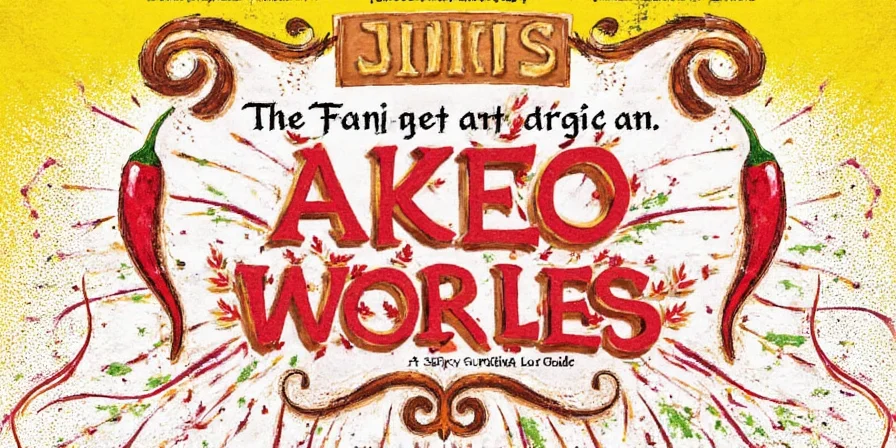
The Heat Scale Decoded: Scoville Units Explained
The Scoville scale measures capsaicin concentration through human sensory testing. Modern labs use HPLC (High-Performance Liquid Chromatography) for precise quantification, converting results to Scoville Heat Units (SHU) for consumer understanding:
- Mild: 0–1,000 SHU (Bell peppers)
- Moderate: 2,500–25,000 SHU (Jalapeños, Anaheim)
- Hot: 50,000–100,000 SHU (Bird’s eye, Thai chiles)
- Extreme: 100,000+ SHU (Habanero, Ghost Pepper)

5 Practical Tips for Cooking with Hot Red Chiles
Maximize flavor control while minimizing discomfort with these field-tested techniques:
- Target heat removal—seeds contain minimal capsaicin; membranes hold 80% of the heat.
- Rinse under cold water before handling to reduce surface oil transfer.
- Wear nitrile gloves (latex is permeable to capsaicin) during preparation.
- Dairy neutralizes faster—whole milk's fat content outperforms skim or alternatives.
- Add chiles late for fresh heat; early for mellowed flavor integration.
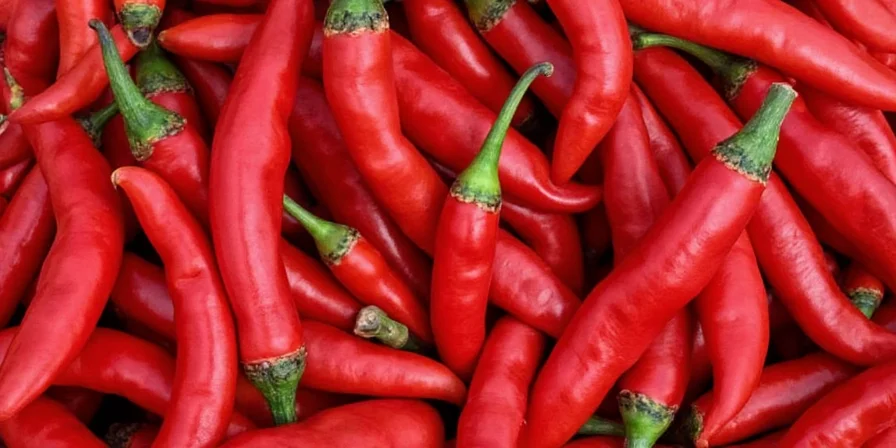
How to Store Hot Red Chiles Like a Pro
Preserve peak flavor and heat intensity with these storage protocols:
- Fresh Chiles: Store unwashed in ventilated paper bags inside crisper drawers. Lasts 2–3 weeks.
- Dried Chiles: Use amber glass containers away from light. Lasts 12–18 months.
- Freezing: Flash-freeze individually before transferring to airtight bags to prevent clumping.
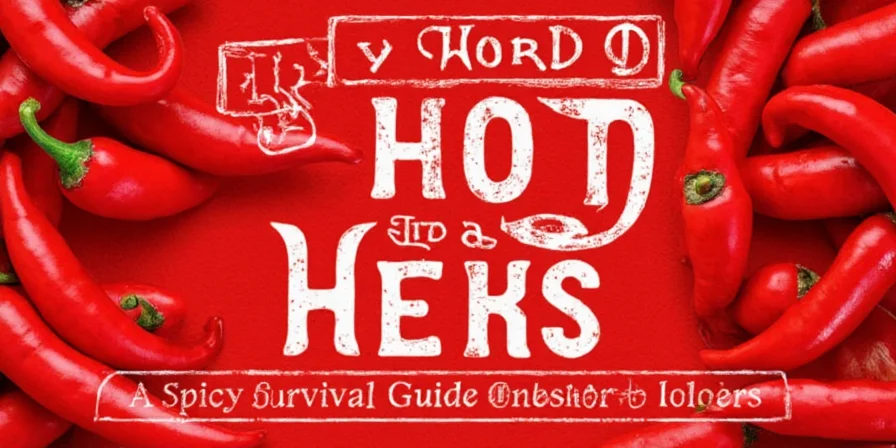
Spice Myths Busted: Separating Fact from Fiction
Dispelling common misconceptions with culinary science:
- Myth: Color indicates heat level.
Fact: Ripeness affects flavor complexity more than heat—green jalapeños can be hotter than red. - Myth: Alcohol neutralizes capsaicin.
Fact: Ethanol spreads the compound; dairy's casein is scientifically proven to bind and remove it. - Myth: Chiles cause ulcers.
Fact: Research shows capsaicin may protect gastric mucosa and reduce H. pylori bacteria.
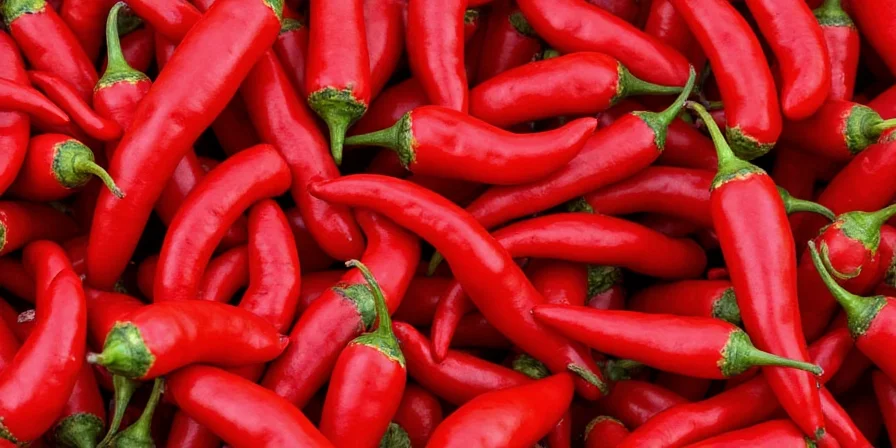
Hot & Flavorful: Pairing Chiles with Other Ingredients
Elevate dishes through strategic flavor layering. The Maillard reaction creates compounds that interact uniquely with capsaicin:
- Lime – Citric acid cuts through oil solubility, balancing heat perception.
- Dark Chocolate – 70%+ cacao complements smoky chiles through shared pyrazine compounds.
- Garlic – Allicin amplifies chile aromatics without increasing perceived heat.
- Honey – Glucose/fructose ratios determine optimal heat modulation (1:1 ratio works best).
- Citrus Zest – Limonene oils enhance volatile spice compounds.
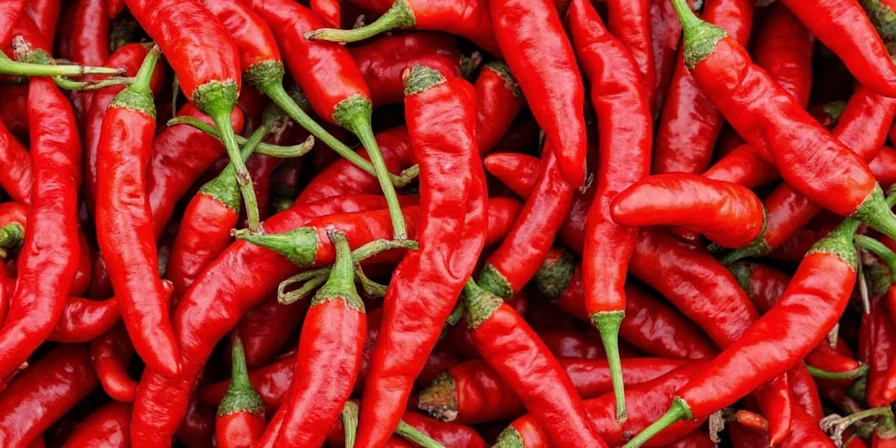
Are Hot Red Chiles Healthy? Research Insights
Current studies indicate potential benefits, though individual responses vary. Capsaicin's thermogenic properties show promise in metabolic research:
- Pain modulation – Topical applications studied for neuropathic pain relief.
- Metabolic effects – May increase energy expenditure by 4–5% post-consumption.
- Nutrient density – Red chiles provide 169% of daily vitamin C per 100g.
- Gut microbiome – Preliminary research suggests capsaicin may support beneficial bacteria growth.
Note: Consult healthcare providers for personalized health advice. Benefits observed in controlled studies may not translate directly to dietary consumption.
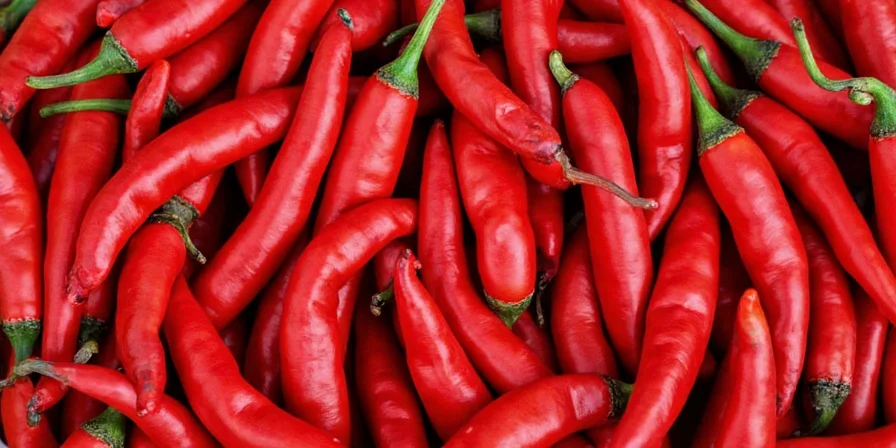
Frequently Asked Questions
How quickly does spice tolerance develop with regular exposure?
Most home cooks notice measurable changes within 2–4 weeks of consistent, incremental exposure. Start with mild chiles daily (1,000–5,000 SHU), gradually increasing intensity every 3–4 days. Complete adaptation typically occurs in 6–8 weeks.
Why do some chiles taste fruity while others are earthy?
This depends on terpene composition. Habaneros contain high limonene (citrus) and linalool (floral) compounds, while cayenne features more guaiacol (smoky) and vanillin derivatives. Soil composition and ripeness significantly influence these profiles.
Can cooking destroy capsaicin's heat?
Capsaicin remains stable up to 160°F (71°C). Prolonged boiling (over 30 minutes) breaks down only 15–20% of capsaicin. For significant heat reduction, remove membranes before cooking—this targets the source rather than relying on thermal degradation.
Do frozen chiles retain the same heat level as fresh?
Yes, freezing preserves capsaicin concentration. Thawed chiles maintain 95–98% heat intensity. However, texture changes may affect heat distribution in dishes—roast frozen chiles before use for optimal results.
Conclusion: Mastering Chile Heat for Culinary Excellence
Successful chile integration hinges on understanding heat mechanics and flavor chemistry—not just tolerance. By applying these principles, home cooks transform intimidating ingredients into versatile culinary tools. Remember: the goal isn't maximum heat, but intentional heat application that elevates your dish's overall profile. Start with one technique from this guide in your next meal, and you'll immediately notice more balanced, professional results.
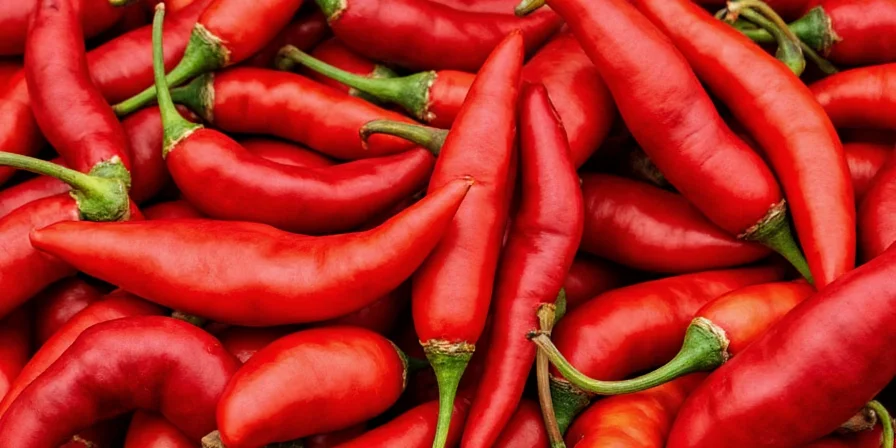

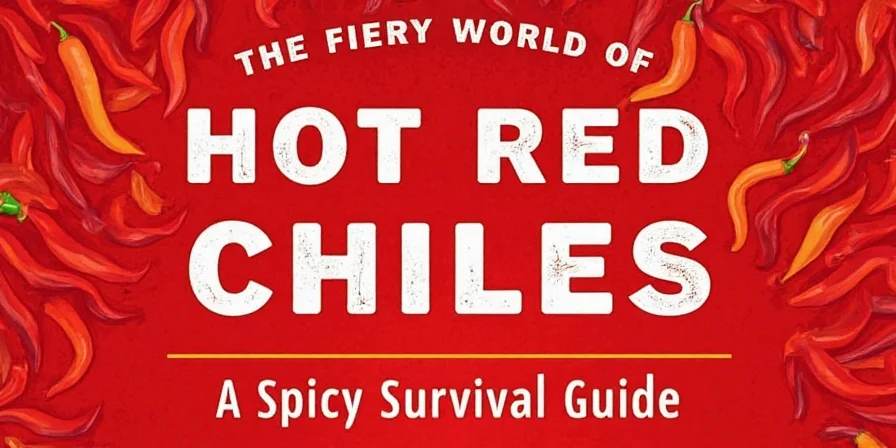









 浙公网安备
33010002000092号
浙公网安备
33010002000092号 浙B2-20120091-4
浙B2-20120091-4